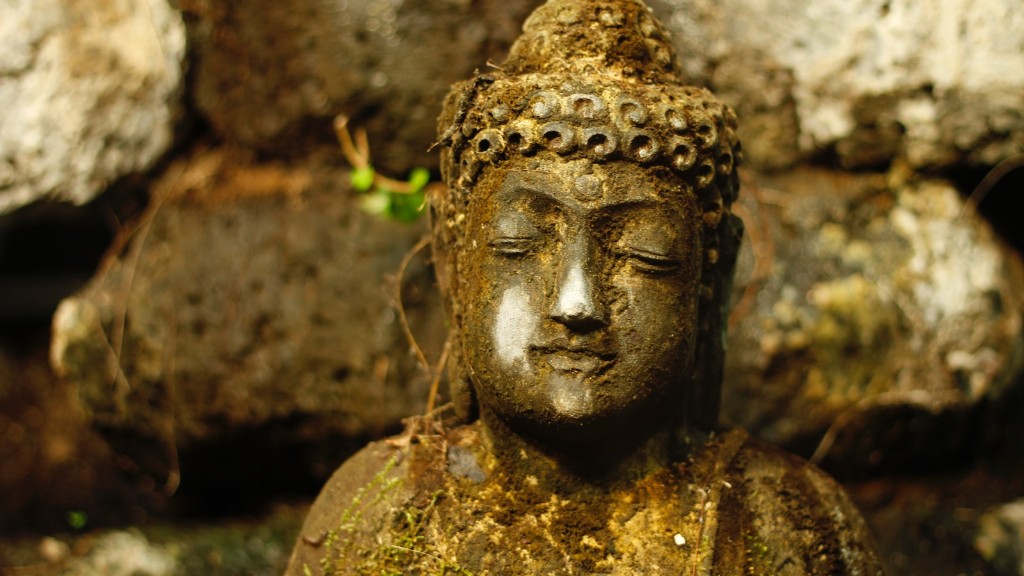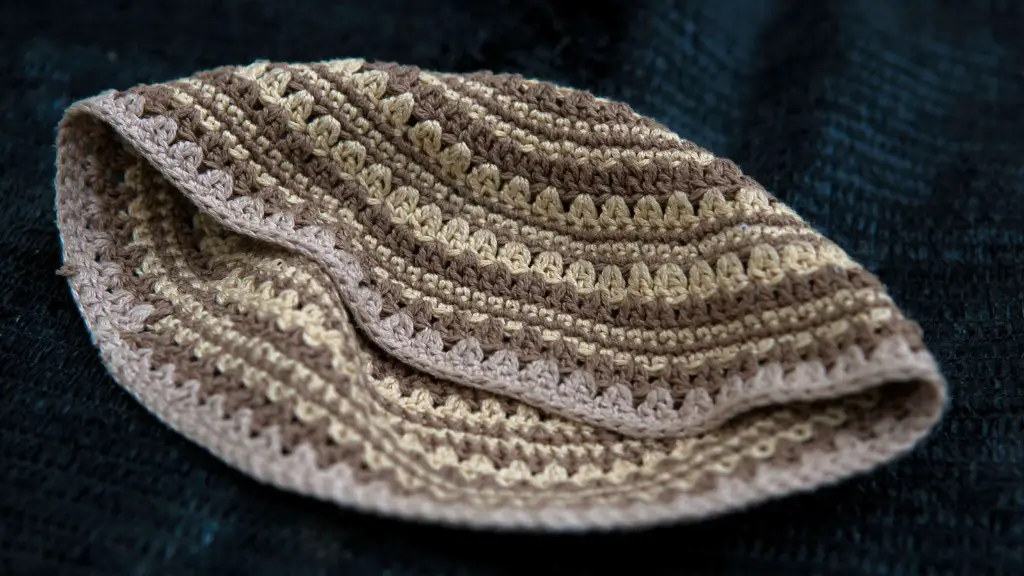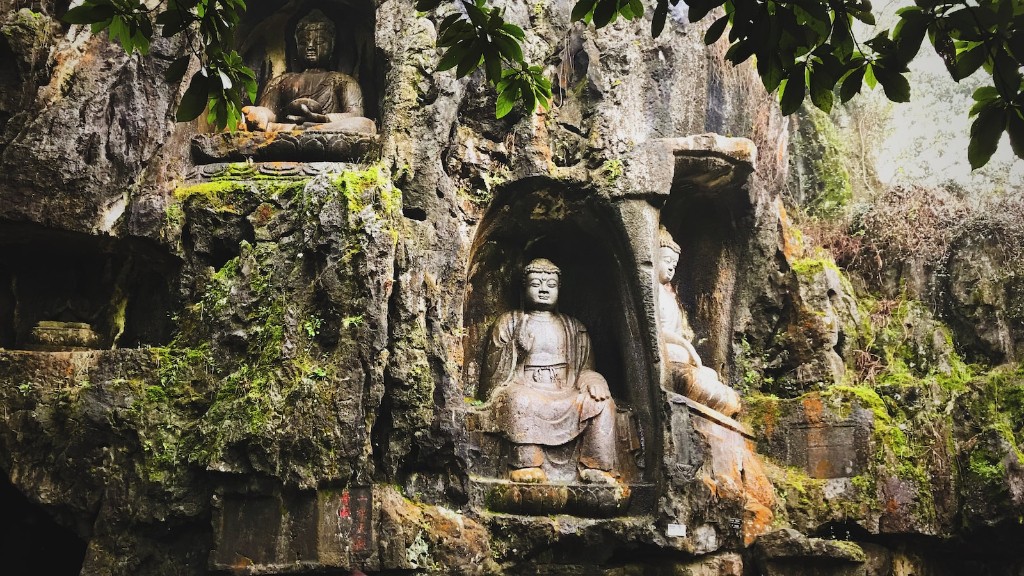Mala is a type of 108-beaded Buddhist rosary used during meditation. The mala is used to count the number of times a mantra is recited, similar to the way Catholics use a rosary to count prayers.
Mala is a tool used in Buddhism for counting mantras, breaths, or prostrations. The word mala is Sanskrit for “garland” or “wreath”. A mala typically consists of 108 beads, which can be used to count mantras or other recitations. The addition of the “meru” bead at the head of the mala is said to represent the awakened state of Buddha.
What is the meaning of Buddhist mala?
Garland malas, also known as yoga beads or japamalas, are necklaces that usually have 108 beads. Mala, Sanskrit for “garland,” is often used to enhance spiritual practice. You may see people use malas while practicing yoga and meditation.
Mala beads are a beautiful and traditional way to meditate. They can be used in many different ways, but the most important thing is to hold them with intention and focus.
To use your mala beads, start by holding them in one hand. Let them drape across your fingers so you can move them easily. As you breathe in and out, move your fingers to the next bead. Continue breathing in and out once per bead until you reach the guru bead. The guru bead is the last bead in the mala and is used to signify the end of the meditation.
Mala beads can be used in many different ways, but the most important thing is to hold them with intention and focus. By using your mala beads in meditation, you can develop a deeper connection to your practice and find stillness and peace within.
What does a mala represent
Malas are often used as a tool to help the mind focus on meditation, or count mantras in sets of 108 repetitions. The mala’s beads can be made of seeds, sandalwood or rosewood, or gemstones. The 109th stone, or the guru stone, symbolizes gratitude and our connection to the divine.
Malas are more than just jewelry – they are powerful and culturally-rich tools for meditation. Malas can be worn as a reminder of personal intention, or when seeking a calmer mind, body, and spirit.
Is it OK to wear mala beads as a necklace?
Wearing a mala as a necklace is the most convenient way to wear them. Mala beads are a functional piece of jewelry, not only are they a tool for counting mantra, but they are also quite beautiful and feel natural to wear.
Traditional Buddhism teaches that there are 108 mortal desires of mankind which one must overcome to achieve Nirvana. Mala beads are often used as a meditation tool to help with this process. There are 108 beads on a mala so that a mantra can be recited 100 times as you move your fingers along the beads.
How do I activate mala?
There is no one right way to activate your mala beads. You may find that you need to do a different practice each time you use your beads, depending on your intention. However, here is a general guide on how to get started:
1. Find a quiet place to sit.
2. Hold your mala beads in your hands.
3. Return to your normal breathing pattern and focus on your breath.
4. Now focus on your intention and mantra.
5. Hold your mala in your right hand hanging between the thumb and the middle finger with the index finger pointed outward.
6. Recite your mantra with each bead, moving from the guru bead to the next bead.
7. Once you reach the end of the mala, continue reciting your mantra on the guru bead.
8. Repeat this practice as many times as you like.
There are a few rules you should know about when wearing Mala beads. For example, it is not appropriate for your beads, either necklaces or bracelets, to ever touch the ground. If worn on the wrist, Mala beads are almost always worn on the right hand, wrapped around the wrist like a bracelet.
When should you wear mala beads
Mala beads are a powerful and sacred tool that has been used for centuries to help facilitate meditation and prayer. They are believed to help increase the flow of energy during spiritual practice, and can be extremely helpful in deepening one’s connection to the Divine. Mala beads can be worn as a piece of jewelry or carried with you as a reminder to stay present and focus on your spiritual practice.
A broken mala is a positive sign in the yogic tradition. It symbolizes the breaking of a cycle of suffering, a spiritual breakthrough, and a release of karma or other negative traits. These are all good signs of progression along one’s yogic path. It is the perfect time to reflect on your blessings and your inner journey.
What are the benefits of wearing mala beads?
There are many benefits of using mala beads during your meditation practice. Japa, which translates to “muttering” in Sanskrit, is a type of meditative practice that involves repeating a mantra. Similar to praying with rosary beads, meditating with a japa mala has been shown to help slow respiration and encourage well-being.
Repeating your mantra redirects the mind from daily obsessions and introduces positive thought patterns. The relaxing and repetitive nature of using mala beads can help to ease anxiety and promote feelings of peace and calm. If you are new to meditation, using mala beads can be a helpful way to focus and anchor your attention.
Mala beads are not only beautiful pieces of jewelry but a powerful tool to recite mantras. As many experiences, meditation takes a discipline and focus. The idea is to repeat a mantra 108 times during meditation while using the beads as guidance.
Do you sleep with your mala
It is not advisable to put your mala on the floor when practicing yoga or when sleeping, as it may become a distraction. Instead, you can place it at the top of your yoga mat or in its carrying pouch. Similarly, it is not advisable to wear your mala while bathing, swimming or sleeping, as it may get damaged.
Mala beads are traditionally made from a combination of 108 sacred seeds, wood or stones. They are a beautiful and special accessory to wear during yoga and meditation, as they help to keep the mind focused on the present moment.
However, it is important to take care of your mala beads, as they are a sacred and personal item. Here are a few guidelines to follow:
Do not wear your mala in water: Water can damage the beads and shorten the lifespan of your mala.
Do not wear your mala to bed: Sleeping with your mala can cause the beads to break or become tangled.
Do not wear your mala when doing vigorous physical activity–including yoga: The beads can get caught on clothing or break if they are hit against a hard surface.
Place your mala at the top of your yoga mat so it can remind you of your intention while you practice.
Why do mala beads break?
A broken mala can symbolize different things for different people. For some, it may represent a broken cycle that needs to be fixed. For others, it may be seen as a sign of good luck. Whatever the interpretation, a broken mala typically symbolizes spiritual growth. If your mala is broken, it may be because the intention you set for it has been completed or because you are in a different place in your life and you need new energy and intentions.
There is no definitive answer on which wrist is best to wear your mala beads. However, most traditional advise says that your right wrist is the best option. If your mala necklace is too long or too short for that last “wrap”, you can use a small safety pin or hook the tassel around one of your fingers so you can feel the power of your mala on the back of your hand.
Are mala beads Catholic
Prayer beads, or malas, are a traditional tool used in Buddhism, especially among Tibetan Buddhists. They are typically made from 108 beads, which represent the 108 steps on the Bodhisattva path. Malas are used as a way to keep track of how many times a mantra is recited, as well as to focus and calm the mind during meditation.
A mala is a garland of beads used for counting during Mantra meditation. The tassel on a mala is an extension of the string or sutra that binds the garland together. It represents our connection to the Divine (whatever that means to you) and the interconnectedness of all beings.
Conclusion
In Buddhism, mala beads are traditionally used to count the repetition of a mantra during meditation. mantra is a sacred sound or phrase that is repeated during meditation as a way to focus the mind. The mala beads are typically made from 108 beads, which represent the 108 variations of the human Condition that lead to Suffering.
In conclusion, mala is a string of beads that is used as a tool for counting mantras, or repetitions of a sacred phrase or prayer, in Buddhist practice. Mala can also be seen as a symbol of the cycle of life and death, as well as the Buddhist teachings of impermanence and interconnectedness.




